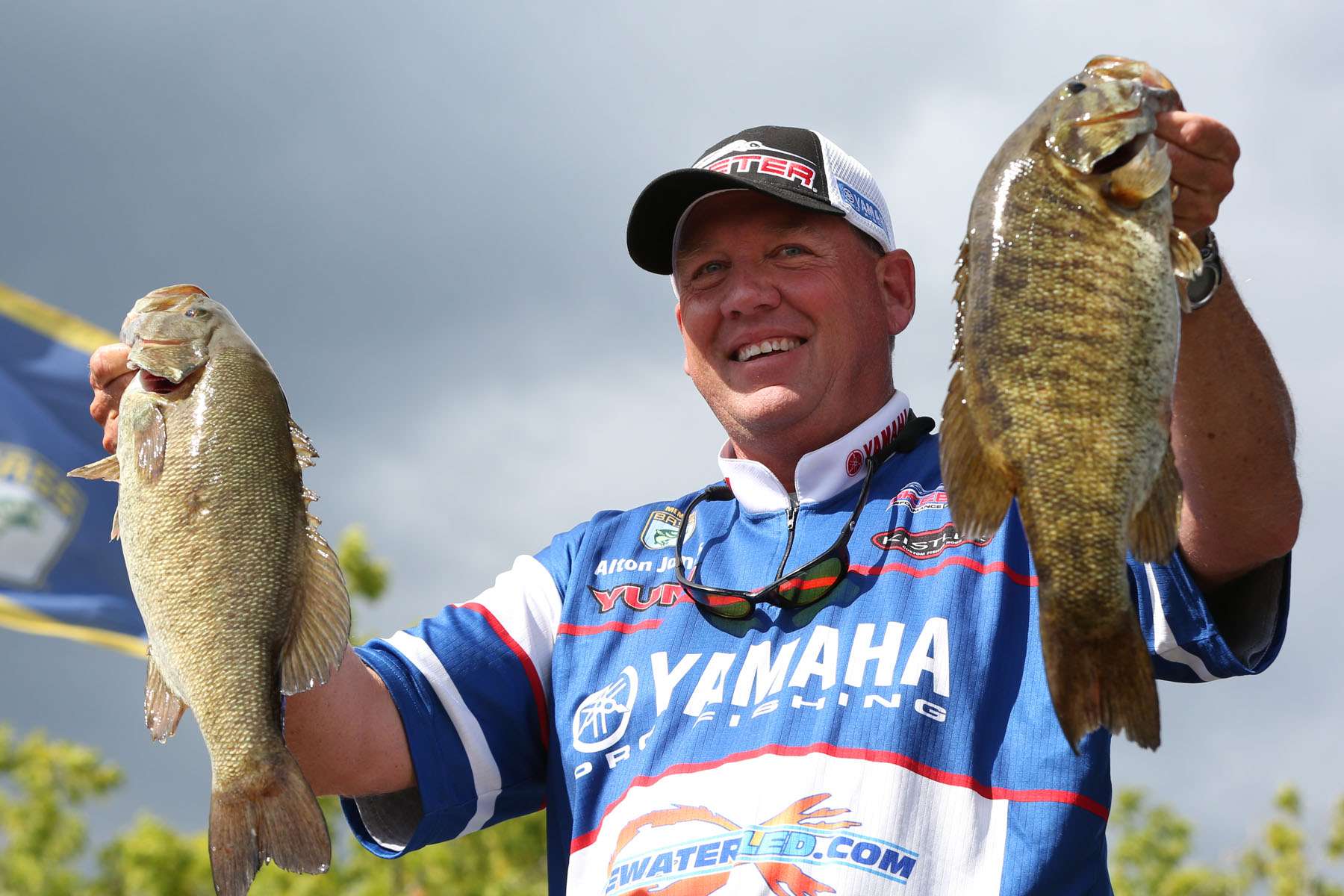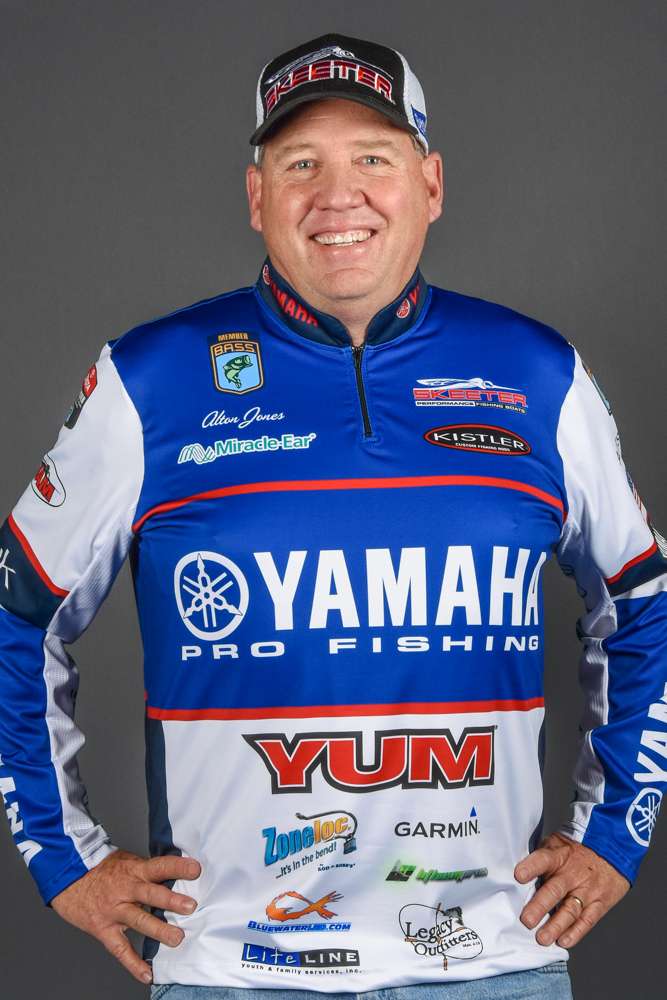
Even at this stage in my career, there’s still a feeling of anxiety for the first event of a new season. Momentum in our sport is a very powerful thing and this first event will set the momentum that you’ll have.
Not that you can’t change momentum after a bad tournament, but it’s very difficult. And then, the last tournament, you’ll have that anxiety, especially if you’re right on the bubble for Bassmaster Classic qualification
Let’s just say that the first and last event of a season bring the greatest churning of butterflies. But I’m excited to go fishing. I haven’t fished since the Angler of the Year Championship on Mille Lacs. We do this because we love it and I’m just ready to get started fishing again.
I have my new boat rigged and ready, I’ve spent time breaking in the engine and I have all my tackle organized. All that hard work and preparation is done, so now it’s a matter of putting my head down and focusing on the job at hand.
Heading into the first Elite event on Cherokee Lake, I’m pretty well prepared as far as tying on the baits that I want to throw at least for the first half of my first practice day. You like to approach a lake like this without any preconceived notions, but that doesn’t mean your mind is a completely blank slate.
You want to recall all that you’ve learned and then fish the subset of information that matches this type of lake at this time of year.
My experience fishing highland reservoirs, especially in the dead of winter, leads me to favor certain specific techniques. You want to be versatile, but when you have personal knowledge of tried and true wintertime methods and you don’t want to get too far away from those. You can do the right thing in the wrong place and unnecessarily eliminate a productive pattern.
I really think the tournament will be won by one of about five or six techniques. So my goal is to be as diverse as possible within the limits I’m applying for this event.
One of the keys is to throw productive baits in a lot of fruitless scenarios — areas that have potential, but the fish may not be positioned right. If you do this, you’ll eventually roll up on the fish that happen to be intersecting that pattern.
The basic formula for success in bass fishing is to get around the fish and then fish for them. That may sound obvious, but determining where the fish are consistently presents one of our sport’s biggest challenges.
That won’t be more true anywhere than this first Elite event. That’s the key — I have to find the fish.
Whenever I think of winter, I think of fish bunched up, but with very brief feeding periods and very short windows of opportunity. Therefore, my goal for each day of practice is to find one to two spots that I feel like have a group of fish on them.
If I can do that, it would give me six or so places on which to build a milk run. If I go through an entire day of practice without advancing this goal, then it might be time to switch tactics.
However, this plan is one that’s well worth pursuing because even the things that don’t work out can teach you something. Eliminating water and eliminating baits can be just as valuable as catching fish.
With all this in mind, I’ll be putting every ounce of my mental energy and focus into putting together the puzzle on Cherokee Lake. Every hour of every practice day I hope to put a piece in place here and then figure out that something else fits over there. So, by the time practice is over, I have a pretty good idea of what it looks like and the picture is beginning to take shape.

